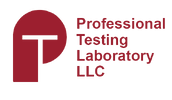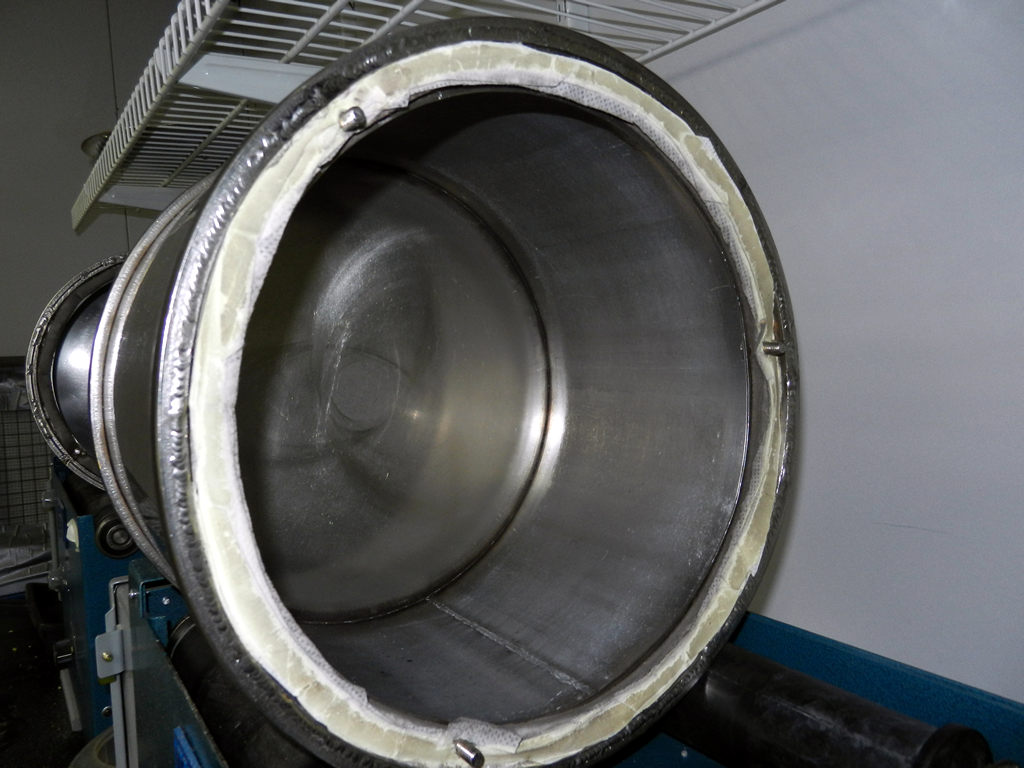Purpose and Procedures of the ASTM E84 Steiner Tunnel Test

The Steiner tunnel test, as per ASTM E84, is a standardized fire test using a Steiner tunnel furnace to measure the surface burning behavior of building materials. Steiner tunnel tests are also applicable to a few other standards, including UL 723 and ASTM E2768 (which is an extended 30-minute version of the test).
Purpose of the ASTM E84 Steiner Tunnel Test
Steiner tunnel furnaces, in conjunction with the ASTM E84 test standard, are primarily used to measure surface flame spread and smoke density as a result of burning material surfaces.
The 25-foot Steiner test tunnel has been the prevailing method for evaluating the surface burning characteristics of building materials since the 1940s. A series of tragic fires prompted research into the flammability of common building materials (and particularly those used in interior finishes). A few of these landmark events included:
- The 1942 Cocoanut Grove nightclub fire in Boston, MA
- The 1946 LaSalle Hotel fire in Chicago, IL
- The 1946 Winecoff Hotel fire in Atlanta, GA
This combustibility and fire detection research led to the creation of flammability tests using the Underwriters Laboratories (UL) 723 Standard. Since 1961, the ASTM E84 Steiner tunnel test has emerged as a preferred method for testing building materials. Controlling the rapid spread of fire on building materials remains just as crucial today as it was close to a century ago.
Note that the Steiner tunnel test cannot provide the following types of data:
- Heat transmission through the surface of the tested materials
- Altered flame spread behavior due to close proximity of other combustible and/or burning walls and ceilings
- Classifying or defining any building material as “noncombustible” with the flame spread index data alone.
Procedures for the ASTM E84 Steiner Tunnel Test
In a few straightforward steps, a Steiner tunnel furnace makes it possible to measure the surface flame spread and smoke development of building materials, either through a ceiling-mounted or a floor-mounted setup. Below are the typical steps involved in conducting the test.
- Determine Specimen Position:
- Decide whether to use a ceiling-mounted or floor-mounted test based on the product's typical installation:
- Ceiling-mounted: Used for most materials (ASTM E84, UL 723, CAN/ULC-S102).
- Floor-mounted: Used for floor-installed materials (CAN/ULC-S102.2).
- Prepare the Specimen:
- Use a nominal 24-foot-long by 20-inch-wide specimen.
- Place the specimen in the determined position (ceiling or floor).
- Set Up the Test:
- Expose the specimen to controlled airflow.
- Use two burners to apply fire to the face of the specimen.
- Conduct the Test:
- Monitor flame spread through windows on the side of the tunnel.
- Measure smoke development using a light obscuration meter.
- Continue the test for 10 minutes, recording data throughout.
- Data Collections:
- Record measurements of flame spread and smoke development.
- Use computers to calculate the Flame-Spread Index (FSI) and Smoke Developed Index (SDI).
- Calculate the Flame-Spread Index (FSI):
- Determine the comparative measure of how fast and far the flame spreads along the surface.
- Compare results to calibration materials (red oak and cement board).
- Calculate the Smoke Developed Index (SDI):
- Assess the amount of smoke produced during the test.
- Interpret Results:
- Use FSI and SDI values to evaluate the fire performance of the material.
Building materials are rated Class A, B, or C, depending on how fast the test shows that flames spread upon the surface of the materials. A is the most fire-resistant class, whereas C is the least. Building codes specify A, B, or C ratings for material types that are appropriately used in an area, according to the type of occupancy. Here’s a quick breakdown of the Class ratings and how they would sort the building materials based on the test results:
- Class A (also known as Class 1): flame spread index 0-25, smoke development index 0–450
- Class B (also known as Class 2): flame spread index 26-75, smoke development index 0–450
- Class C (also known as Class 3): flame spread index 76-200, smoke development index 0–450
Applications for the Steiner Tunnel Test
There are a number of ways test results from ASTM E84 flammability testing can be used. Here are three of the most common applications for the test:
- Product Development: Helps in creating and improving materials.
- Market Acceptance: Assists in gaining customer trust and market approval.
- Code Compliance: Provides evidence to meet building codes and regulations.
Product manufacturers may be using test data during research and development to improve products and address market needs, but it’s just as common for manufacturers to be seeking the data to meet important regulatory requirements, satisfy building codes, or fulfill specific customer requests for unique applications. Carpet flammability testing is a common example of a specific product application for Steiner Tunnel Tests.
If you need a quote on an ASTM E84 Steiner tunnel test, connect with an experienced lab partner who has years of demonstrated expertise in these types of tests. Get in touch with Professional Testing Laboratory for a quote within 24 hours.




